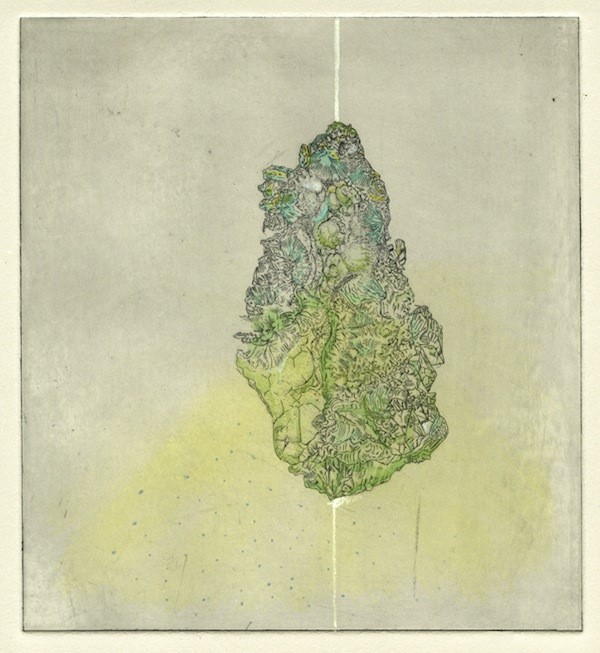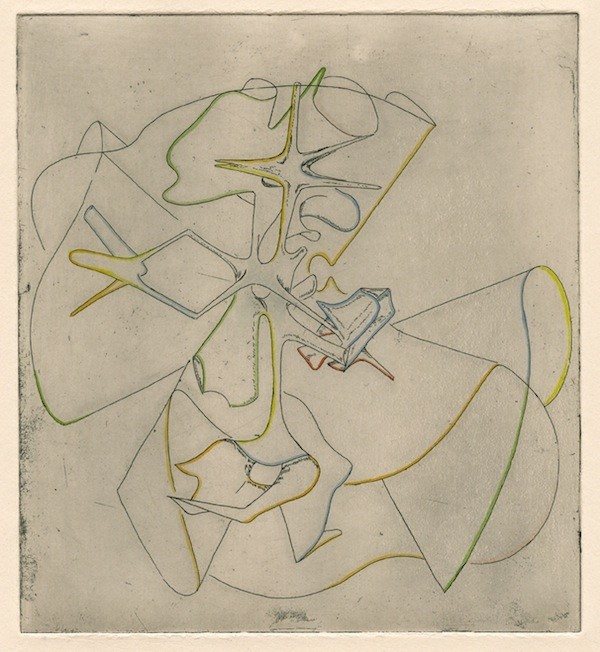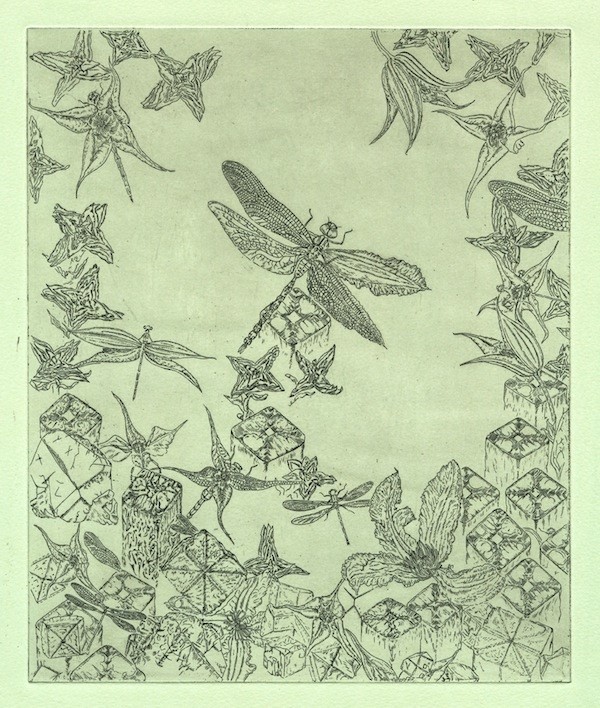This crossover between visual and analytical interpretation is at the heart of artist Gemma Anderson’s latest show. In residence at the Imperial College Mathematics Department, Anderson collaborated with mathematicians...
Benoit Mandelbrot was a renowned Mathematician, most famous for his discovery of fractals – geometric shapes that appear to have the same form at many different scales. The branches of a tree, river systems and even the coastline of the U.K. are all examples of naturally occurring fractals, as you zoom in, you see the same shape appear at smaller scales. Mandelbrot’s use of visuals to explore the apparent disorder of nature gave him unique geometric insights that led to his elegant new way of manipulating numbers.
This crossover between visual and analytical interpretation is at the heart of artist Gemma Anderson’s latest show. In residence at the Imperial College Mathematics Department, Anderson collaborated with mathematicians working on Fano Varieties – essentially a team of numerical form-finders. The drawings that resulted were intricate pieces of art but also provoked interesting mathematical feedback to the team’s numerical investigations of form. Collaboration, observation and drawing provided the perfect channels for Anderson to connect across disciplines and form a new vision that is both art and science.
"Anderson’s insanely detailed yet dreamlike depictions of specimens invite us to explore a fascinating alternative perception of the living world"
Isomorphology, a term coined by the artist herself and the name of her exhibition, connects organisms both big and small – whether mineral, animal or vegetable – based on underlying symmetries and similar forms. Anderson’s insanely detailed yet dreamlike depictions of specimens invite us to explore a fascinating alternative perception of the living world. The many hours spent in careful observation of the zoological, mineralogical and botanical collections deep in the basement of the Natural History Museum, combined with conversations with Imperial College Mathematicians led to her noticing these cross-kingdom patterns.
Isomorphology: An Introduction, the publication that accompanies the exhibition, is filled with drawings and descriptions which form the basis for this new highly visual form of classification. It is breathtakingly simple and the perfect balance to some of the latest scientific methods of grouping living things, like DNA barcoding – a technique that relies on a piece of DNA to decide where an organism fits in the puzzle of natural forms – which can be very useful at times but also far removed from physical observation.
The enchanting kingdoms of Anderson’s observations are portrayed through etchings, drawings, ceramics, photographs, films and mathematical models in her first solo exhibition at EB&Flow Gallery, London. The show runs from 7 February – 6 April.


